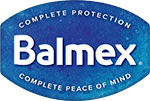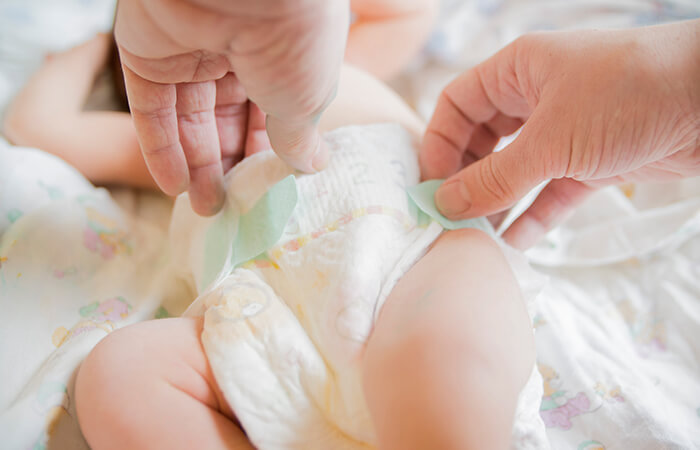The Four Most Common Types of Diaper Rash
Don’t worry, diaper rash doesn’t just happen to your baby. In fact, most babies are going to experience diaper rash from time to time. But did you know that there are actually several different types of diaper rash? Though they all look similar, and all cause a similar level of discomfort, the causes are actually quite different. Here are the four most common types and tips on how to treat them:
They all look similar, but the causes are actually quite different.
Contact Dermatitis:
Also called Irritant Dermatitis, this is most common type of diaper rash. It is typically caused by friction, often between wet skin and the diaper itself, or irritating enzymes found in pee or poop. The tell-tale signs to look for are mild pink or red patches, bumps and swelling. Though it may cover the entire bottom, look especially around the top edge of the diaper and around the leg openings. Skin within folds is typically protected from this type of diaper rash and will appear normal. Contact dermatitis is well managed by keeping baby’s skin clean and dry, and using a zinc-oxide diaper rash cream to form a protective barrier against moisture.
Candida Dermatitis:
Yeast infections are caused by an overgrowth of a fungus found naturally in the digestive system. The moist, warm environment of a diaper is an ideal place for it to grow quickly. Unlike Contact Dermatitis, this type of diaper rash typically does form in the folds of skin. It usually looks like small red spots or bumps. The unique combination of soothing botanicals found in Balmex helps neutralize the rash-causing enzymes found in urine and stool and eliminate the rash. Balmex protects and heals the affected skin, but it cannot treat the infection. The infection may require medical attention and a prescription anti-fungal cream.
Allergic Dermatitis:
Baby skin is sensitive, and she may have an allergic reaction to specific ingredients used in many different products. Common culprits are perfumes or preservatives used in soap, creams, laundry detergents, or even dyes or elastics used in the diapers themselves. Identifying the culprit can be difficult, but the rash should show up anywhere that comes into contact with the suspected allergen. Try switching brands for two weeks to see if that makes a difference.
Bacterial Dermatitis:
While not nearly as common as the other types of diaper rash, certain kinds of bacteria (primarily staph and strep) can make an existing diaper rash even worse. Be on the lookout for small, pus-filled blisters that leave behind honey-colored crust or scabs—this can be a sign of a strep infection. Staph is more likely to leave a well-defined bright red rash forming a ring around the anus. These types of diaper rash may require medical attention and a prescription anti-bacterial ointment.




